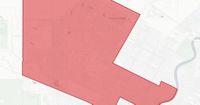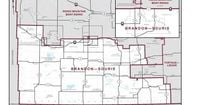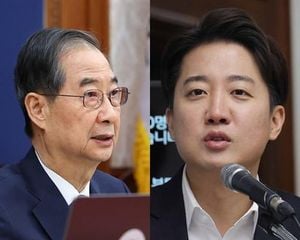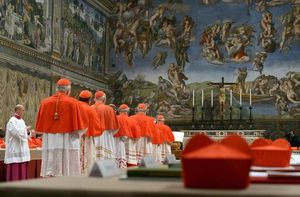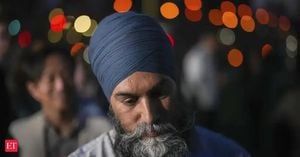Residents across Canada cast their votes on April 28, 2025, in the much-anticipated federal election, with results streaming in throughout the evening. As the polls closed, CityNews provided live coverage, keeping citizens updated on the shifting political landscape across the country. In Winnipeg, the results began to emerge, revealing a mix of incumbents and challengers vying for seats in the House of Commons.
In Brandon–Souris, Grant Jackson emerged victorious, while in Churchill–Keewatinook Aski, the winner was still to be determined as of late evening. The Elmwood–Transcona seat saw Colin Reynolds claim victory over incumbent Leila Dance. Meanwhile, in Kildonan–St. Paul, results remained undetermined at the time of reporting.
Portage–Lisgar saw Branden Leslie secure his seat, and Ted Falk maintained his position in Provencher. Riding Mountain's incumbent, Dan Mazier, also retained his seat. In the Saint Boniface–Saint Vital riding, Ginette Lavack won, while James Bezan held onto his seat in Selkirk–Interlake–Eastman. In Winnipeg North, Kevin Lamoureux was projected to be re-elected, while Terry Duguid and Ben Carr also secured their positions in Winnipeg South and Winnipeg South Centre, respectively. However, the results for Winnipeg Centre were still pending.
As of 11:42 p.m., with 120 of 167 polls reporting in Winnipeg Centre, incumbent Leah Gazan of the New Democratic Party led by 1,223 votes, having garnered 8,327 votes, which accounted for 39.82% of the total votes cast. Rahul Walia of the Liberal Party was in second place with 7,104 votes (33.97%), and Tom Bambrick of the Conservative Party trailed with 4,880 votes (23.33%).
In Winnipeg North, with 90 of 152 polls reporting by 11:19 p.m., incumbent Kevin Lamoureux was projected for re-election, leading with 11,061 votes, making up 56.83% of the total. His closest competitor, Rachel Punzalan of the Conservative Party, had 6,862 votes (35.26%), while Adebayo Akinrogunde of the New Democratic Party was in third with 1,220 votes (6.27%). Lamoureux has represented Winnipeg North since 2010, and according to Elections Canada, 12,475 voters had already cast their ballots at advance polls.
As the night progressed, the larger picture of the election began to unfold. The Liberals had 94 races called in their favor and were leading in 63 other ridings, accumulating 2,711,062 votes, which represented 43.22% of the popular vote. The Conservatives mirrored this with 94 races called in their favor and leading in 55 other ridings, having garnered 2,593,941 votes (41.35%). The Bloc Québécois managed to secure 16 races, leading in nine others, with 511,721 votes (8.16%). The New Democrats had one race called in their favor and were leading in nine other ridings, totaling 318,357 votes (5.07%). The Greens were leading in one riding, with 60,792 votes (0.97%).
At the time of Parliament's dissolution, the Liberals held 152 seats, while the Conservatives had 120, the Bloc Québécois 33, the New Democrats 24, and the Greens two. There were also three independents and four vacancies in the 338-seat Commons. Notably, the House of Commons had expanded by five ridings due to population increases, marking a significant change in the electoral landscape.
As Canadians tuned in for the results, the atmosphere was charged with anticipation. Voters were eager to see how their choices would shape the future of the country, and the live updates provided by CityNews kept the public engaged. With the final votes still being counted, the outcomes in several ridings remained uncertain, adding to the excitement of the election night.
In conclusion, the 2025 federal election has proven to be a pivotal moment for Canadian politics, with a mix of incumbents and challengers making their mark across the nation. As results continue to roll in, the implications of this election will be felt for years to come, shaping policies and governance in a changing political landscape.
